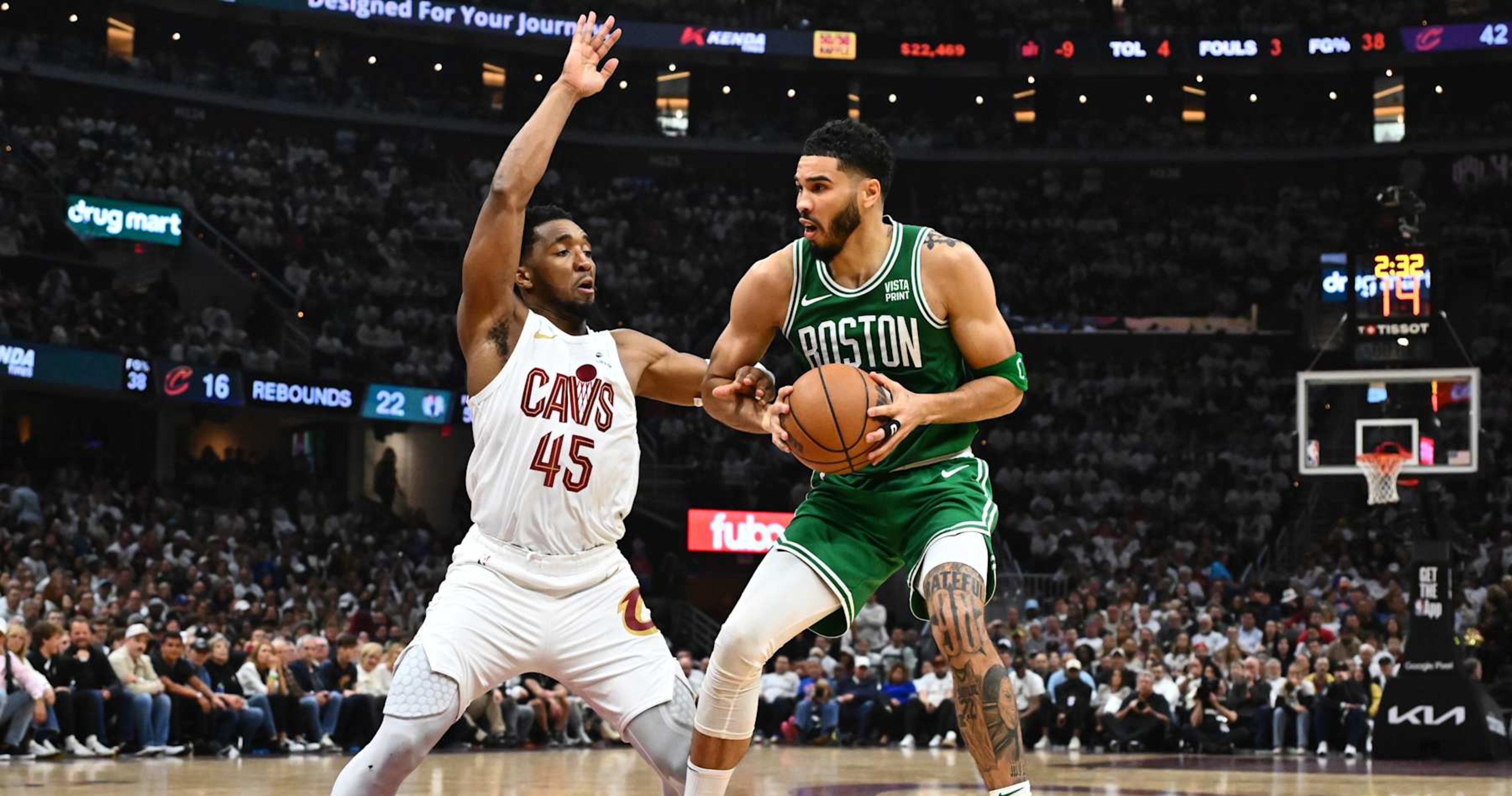


Zach Beeker/NBAE via Getty Images
Last season, the Thunder were the league’s third-worst rebounding team, corralling just 48.4 percent of all errant shots. Still, they’ve managed to take a step back this season—in both ranking (dead last) and rebounding percentage (46.0).
On one hand, it’s tempting to cut Oklahoma City some slack, considering it just proved it can win at a super-high level despite this weakness. On the other, this club made a concerted effort to attack this issue this offseason by luring Isaiah Hartenstein away from the New York Knicks with a three-year, $87 million deal.
The catch, of course, is that Hartenstein has yet to log a second in the Sooner State after suffering a fracture in his left hand during the preseason. Adding…well, injury to injury, the Thunder also find themselves without other bigs Chet Holmgren (pelvic fracture) and Jaylin Williams (hamstring strain). The Thunder have shifted to small-ball out of necessity, entrusting wings like Jalen Williams and Kenrich Williams with floor time at the 5 spot.
“There’s no perfect way to play. We’ve learned the trade-offs of being small,” Thunder coach Mark Daigneault told reporters. “We’ve got a system that is highly adaptive to that because of the way that we kinda built this.”
All things considered, though, Oklahoma City would prefer to have small-ball as a change-up option instead of its default lineup. When it’s spotting opponents 16.6 second-chance points per game (tied for the third-most), it isn’t hard to understand why.
Still, the Thunder seem—and, for the most part, should be—willing to wait out their bad injury luck and see if this full-strength frontcourt can cure their biggest ill. If they get healthy and still get clobbered on the glass, that’ll be a different story, but given their comically large collection of trade assets, it’s a need they could externally attack if they have to.